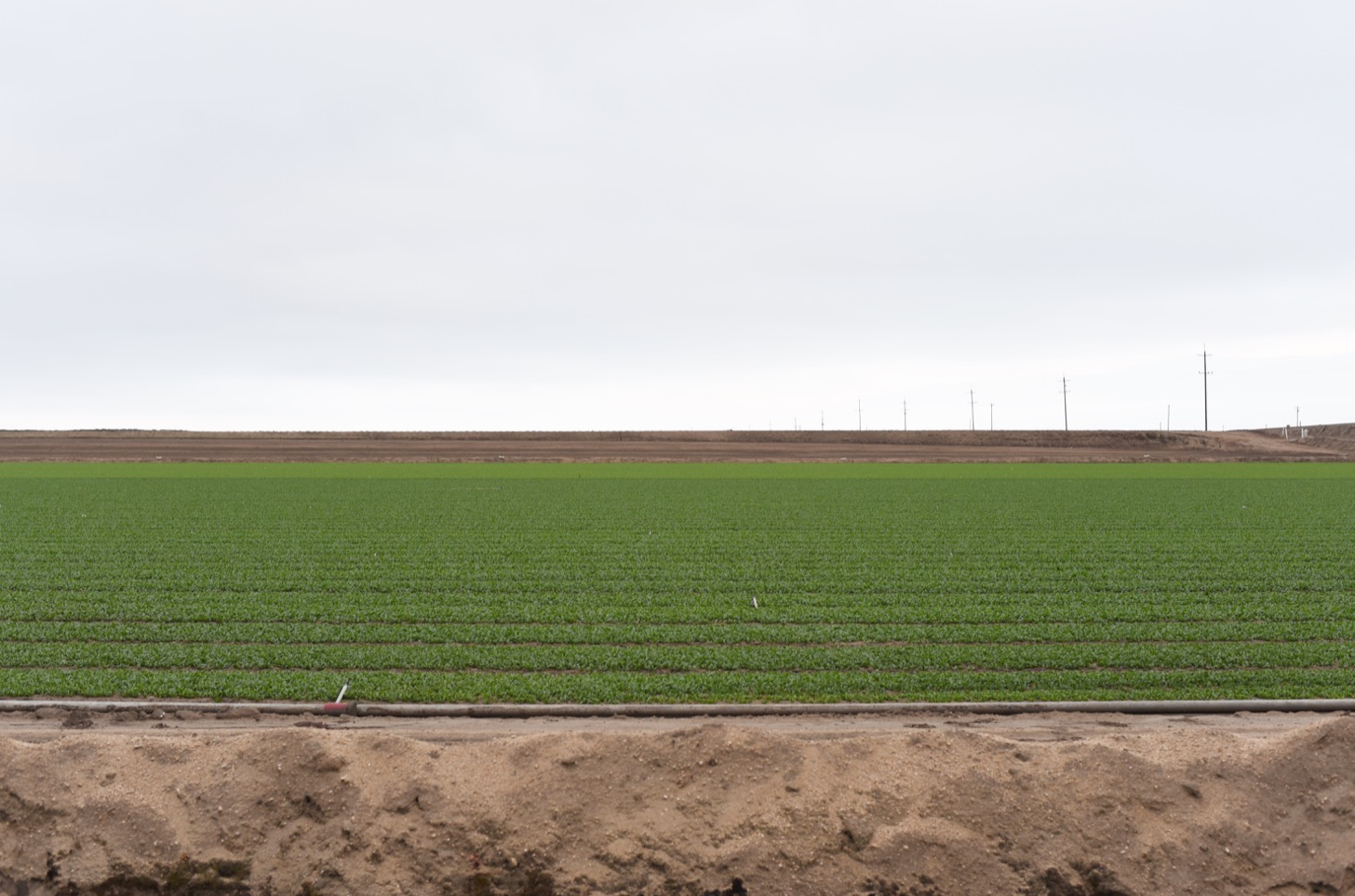Net neutrality
I don’t know a single person who actually supports the FCC’s recent proposal to deregulate broadband internet access by reclassifying it as an information service. However, I also never did meet a single person who unironically supported last year’s President-elect, but that doesn’t seem to have made any difference. There were certainly a lot of memes in last year’s U.S. election cycle, but I remember first seeing memes about net neutrality when I was in high school. That was before all the Comcast-Verizon-YouTube-Netflix hubbub and before net neutrality was at the forefront of anyone’s mind. So naturally, net neutrality got tossed out and ignored along with other shocking but “purely theoretical” future problems like climate change and creepy invasive advertising1. But I’ve seen some of those exact same net neutrality infographics resurface in the last couple weeks, and in retrospect, I realize that many of them were clearly made by people weren’t network engineers and weren’t at all familiar with how the business of being an ISP actually works. And so, the materials used in net neutrality activism were, and still are, sometimes inaccurate, misleading, or highly editorialized to scare their audience into paying attention2.
Now, just to be clear: Do I think the recent FCC proposals are in the best interest of the American public? Definitely not. And do I think that the general population is now merely an audience to political theater orchestrated by, or on behalf of, huge American residential ISPs? I think it’s probable. After all, why bother proposing something so overwhelmingly unpopular unless it’s already guaranteed to pass? Nevertheless, I feel like spreading misinformation about the realities of net neutrality is only hurting genuine efforts to preserve it.
Before I begin, I should mention that you can read the full 210 page proposal on fcc.gov yourself if you want the full picture. I hate that news websites almost never link to primary sources for the events they’re covering, and yet nobody really holds them accountable to do so. Anyway, I’m no lawyer, but I feel like in general, the legal mumbo-jumbo behind controversial proposals is usually far more subtle and less controversial-sounding than the news would have you believe. That’s very much the case here. And for what it’s worth, I think this particular report is very approachable for normal folks and does do a good job of explaining context and justifying its ideas.

If you haven’t read the proposal, the simple version is that in mid-December 2017, the FCC will vote on whether to undo the net neutrality rules they set in 2015 and replace them with the requirement that ISPs must publish websites that explain how their networks work. The proposal goes on to explain how the existing rules stifle innovation by discouraging investment in heavily-regulated network infrastructure. In practice, the proposed changes would eliminate the “Title II” regulations that prevent ISPs from throttling or blocking legal content and delegate the policing of ISPs to a mix of the FTC, antitrust laws, and market forces.
It’s hard to predict the practical implications of these changes, but based on past examples, many people point to throttling of internet-based services that compete with ISPs (like VoIP) and high-bandwidth applications (like video streaming and BitTorrent), along with increased investment in ISP-owned alternatives to internet services for things like video and music streaming. As a result, a lot of net neutrality activism revolves around purposefully slowing down websites or presenting hypothetical internet subscription plans that charge extra fees for access to different kinds of websites (news, gaming, social networking, video streaming) in order to illustrate the consequences of a world without net neutrality. But in reality, neither of these scenarios is very realistic, and yet both of them already exist in some form today.
You probably don’t believe me when I say that throttling is unrealistic, and I understand. After all, we’ve already seen ISPs do exactly that to Netflix and YouTube. But first, you should understand a few things about residential ISPs.
Like most networks, residential ISPs are oversubscribed, meaning that the individual endpoints of the network are capable of generating more traffic than the network itself can handle. They cope with oversubscription by selling subscription plans with maximum throughput rates, measured in megabits per second3. Upstream traffic (sent from your home to the internet) is usually throttled down to these maximum rates by configuration on your home modem. But downstream traffic (sent from the internet to your home) is usually throttled at the ISP itself by delaying or dropping traffic that exceeds this maximum configured limit. So you see, the very act of throttling or blocking traffic isn’t a concern for net neutrality. In fact, most net neutrality regulations have exemptions that allow this kind of throttling when it’s for purely technical reasons, because some amount of throttling is an essential part of running a healthy network.
Furthermore, all ISPs already discriminate (e.g. apply different throttling or blocking rules) against certain types of traffic by way of classification. At the most basic level, certain types of packets (like zero-length ACKs) and connections (like “mice flows”) are given priority over others (like full sized data packets for video streaming) as part of a technique known as quality of service (QoS). Many ISPs also block or throttle traffic on certain well-known ports, such as port 25 for email and port 9100 for printing, because they’re commonly abused by malware and there’s usually no legitimate reason to route such traffic from residential networks onto the open internet. Furthermore, certain kinds of traffic can be delivered more quickly and reliably simply because of networking arrangements made between your ISP and content providers (like Netflix Open Connect). In other cases, your ISP may be stuck in a disadvantageous peering agreement, in which it has to pay another ISP extra money to send or receive traffic on certain network links, in addition to just the costs of maintaining the network itself.
People generally agree that none of these count as net neutrality violations, because they’re practical aspects of running a real network and, in many cases, they justify themselves by providing real value to end users. It’s difficult to explain concisely what divides these kinds of blocking and throttling from the scandalous net neutrality kind. Supposedly, net neutrality violations typically involve blocking or throttling for “business” reasons, but “reducing network utilization by blocking our competitors” could arguably have technical benefits as well. In practice, most people call it a net neutrality violation when it’s bad for customers and call it “business as usual” when it’s either beneficial for customers or represents the way things have always worked. In any case, the elimination of all blocking and throttling is neither practical nor desirable. When discussing net neutrality, it’s important to acknowledge that many kinds of blocking and throttling are legitimate and to (try to) focus on the kinds that aren’t.

Websites that purposefully slow themselves down paint a wildly inaccurate picture of a future without net neutrality, especially when they do so without justification. ISPs gain nothing from indiscriminate throttling, other than saving a couple bucks on power and networking equipment. Plus, ISPs can (and do) get the same usage reduction benefits by imposing monthly bandwidth quotas, which have nothing at all to do with net neutrality. I think a more likely outcome is that ISPs will start pushing for the adoption of new heterogeneous internet and TV combo subscription plans. These plans will impose monthly bandwidth quotas on all internet traffic except for a small list of partner content providers, which will complement a larger emphasis on ISP-provided TV and video on demand services. After all, usage of traditional notebook and desktop computers is on the decline in favor of post-PC era devices like smartphones and tablets. A number of U.S. households would probably be perfectly happy to trade boring unmetered internet for a 10GB/month residential broadband internet plan combined with a TV subscription and unlimited access to the ISP’s first-party video on demand service along with a handful of other top content providers. Such a plan could eliminate the need for third-party video streaming subscriptions like Netflix, thereby providing more content for less money. Naturally, a monthly bandwidth quota would make it difficult for non-partner video streaming services to compete effectively, but fuck them, right?
I should point out that no matter what happens to net neutrality, we’ll still have antitrust laws (the proposal mentions this explicitly) and an aggressive DoJ to chase down offenders. Most ISPs operate as a local monopoly or duopoly. So, using their monopoly position in the internet access market to hinder competition in internet content services sounds like an antitrust problem to me. But it’s possible that the FCC’s reclassification of internet access as an “information service” may change this.
The other example commonly used by net neutrality activists is the a-la-carte internet subscription. In this model, different categories of content (news, gaming, social networking, video streaming) each require an extra fee or service tier, sort of like how HBO and Showtime packages work for TV today. For this to work, ISPs need to be able to block access to content that subscribers haven’t paid for. In the past, this might have been implemented with a combination of protocol-based traffic classification (like RTMP for video streaming), destination-based traffic classification (well known IP ranges used by online games), and plain old traffic sniffing (reconstructing plaintext HTTP flows). But such a design would be completely infeasible from a technical standpoint in today’s internet.
First, nearly all modern internet applications use some variant of HTTP to carry the bulk of their internet traffic. Even applications that traditionally featured custom designed protocols (video conferencing, gaming, and media content delivery) now almost exclusively use HTTP or HTTP-based protocols (HLS, WebSockets, WebRTC, REST, gRPC, etc). This is largely because HTTP is the only protocol that has both ubiquitous compatibility with corporate firewalls and widespread infrastructural support in terms of load balancing, caching, and instrumentation. As a result, it’s far more difficult today to categorize internet traffic with any degree of certainty based on the protocol alone.
Additionally, most of the aforementioned HTTP traffic is encrypted (newer variants like SPDY and HTTP/2 virtually require encryption to work). For the a-la-carte plan to work, you need to first categorize all internet traffic. We can get some hints from SNI and DNS, but that’s not always enough and also easily subverted.
Internet applications with well-known IP ranges are also a thing of the past. Colocation has given way to cloud hosting, and it’s virtually impossible to tell what’s inside yet another encrypted HTTPS stream to some AWS or GCP load balancer.
Essentially, there can’t truly exist a “gaming” internet package without the cooperation of every online game developer on the planet.
A-la-carte models work well with TV subscriptions because there are far fewer parties involved. If ISPs ever turn their attention to gamers, it’s most likely that they’ll partner with a few large “game networks” that can handle both the business transactions4 and the technical aspects of identifying and classifying their game traffic on behalf of residential ISPs. So, you probably won’t be buying an “unlimited gaming” internet package anytime soon. Instead, you’ll be buying unlimited access to just Xbox Live and PSN. From that point on, indie game developers will simply have to fit in your monthly 10GB quota for “everything else”.

Net neutrality activists say that net neutrality will keep the internet free and open. But the very idea of a “free and open” internet is a sort of a myth. To many people, the ideal internet is a globally distributed system of connected devices, where every device can communicate freely and equally with every other device. In a more practical sense, virtually anybody should have the power to publish content on the internet, and virtually anybody should be able to consume it. No entity should have control over the entire network, and no connection to the internet should be more special than any other, because being connected to the internet should mean that you’re connected to all of it.
In reality, people have stopped using the internet to communicate directly with one another. Instead, most internet communication today is mediated by the large global internet corporations that run our social networks, our instant messaging apps, our blogs, our news, and our media streaming sites. Sure, you’re “free” to post whatever garbage you’d like to your Tumblr or Facebook page, but only as long as those companies allow you to do so.
But the other half of a “free and open” internet means that anybody can start their own Facebook competitor and give control back to the people, right? Well, if you wanted to create your own internet company today, your best bet would be to piggyback off of an existing internet hosting provider like AWS or GCP, because they’ve already taken care of the prerequisites for creating globally accessible (except China) internet services. At the physical level, the internet is owned by the corporations, governments, and organizations that operate the networking infrastructure and endpoints that constitute the internet. The internet only works because those operators are incentivized to bury thousands of miles of optical fiber beneath the oceans and hang great big antennas on towers in the sky. It only works because, at some point in the past, those operators made agreements to exchange traffic with each other5 so that any device on one network could send data that would eventually make it to any other network. There’s nothing inherent about the internet that ensures the network is fully connected (in fact, this fully-connectedness breaks all the time during BGP leaks). It’s the responsibility of each individual content publisher to make enough peering arrangements to ensure they’re reachable from anyone who cares to reach them.
Not all internet connections are equal. Many mobile networks and residential ISPs use technologies like CGNAT and IPv6 tunneling to cope with IPv4 address exhaustion. But as a result, devices on those networks must initiate all of their traffic and cannot act as servers, which must be able to accept traffic initiated by other devices. In practice, this isn’t an issue, because mobile devices and (most) residential devices initiate all of their traffic anyway. But it does mean that such devices are effectively second class citizens on the internet.
It’s also an increasingly common practice to classify internet connections by country. Having a privileged IP address, like an address assigned to a residential ISP in the United States, means having greater access and trust when it comes to country-restricted media (like Netflix) and trust-based filtering (like firewalls), compared to an address assigned to a third world country or an address belonging to a shared pool used by a public cloud provider. This is especially the case with email spam filtering, which usually involves extensive IP blacklists in addition to rejecting all traffic from residential ISPs and shared public cloud IP pools.
Finally, let’s not forget those countries whose governments choose to filter or turn off the internet entirely on some occasions. But they have bigger things to worry about than net neutrality anyway.
So, is the internet doomed? Not quite. It’s already well known that last mile ISPs suck and IPv4 exhaustion sucks and IP-based filtering sucks. But as consumers, we still need strong government regulation on residential internet service providers, just like we need regulation on any monopolistic market. People often say that the internet is an artifact, not an invention. So we all share a responsibility to make it better, but we should try to do so without idealistic platitudes and misleading slogans.
- I’m kidding, of course. ↩︎
- This seems to be quite common with any kind of activism where people try to get involved via the internet. ↩︎
- This is not the only way to sell networking capacity. Many ISPs charge based on total data transfer and allow you to send/receive as fast as technically possible. This is especially common with cellular ISPs and cloud hosting. ↩︎
- “Business transactions” ↩︎
- Read all about it on peeringdb.com. ↩︎















